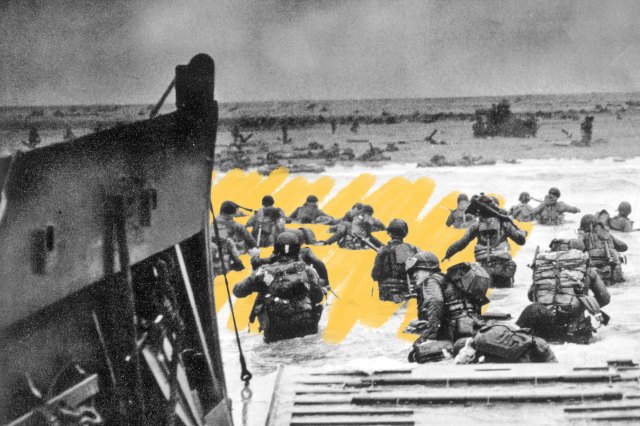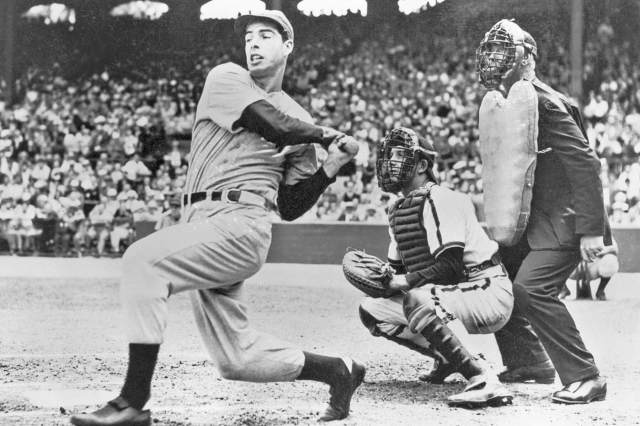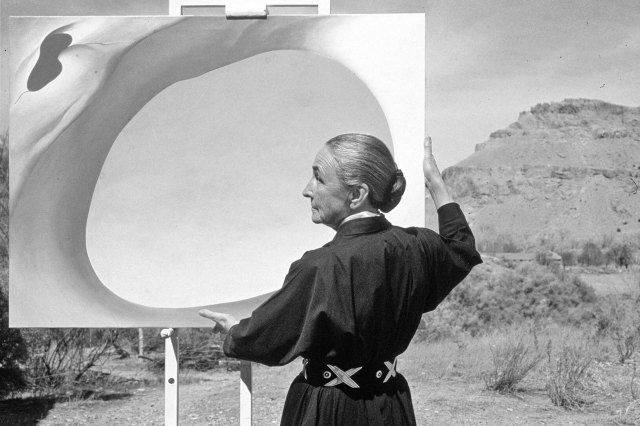| O n June 6, 1944, the largest land, sea, and air invasion in the history of the world took place on the beaches of Normandy, France. It was the first phase of Operation Overlord, an Allied plan to land hundreds of thousands of troops into French enemy territory, then move east and liberate the rest of Nazi-occupied Western Europe. The planners of the operation gave it a simple name: D-Day. But what exactly does the "D" stand for? |
|
| The simplest and most widely cited explanation is that the "D" in D-Day stands for "day," essentially a code indicating a date to be determined (or concealed from enemy forces). "It simply signifies the day that the invasion will launch and puts all the timetables into play," Keith Huxen, a historian at the National WWII Museum, told TIME magazine in 2019. Military history also supports this theory. In the field, the U.S. Army began substituting the letters "D" and "H" for "day" and "hour" as early as World War I. The days and hours leading up to or following an operation, meanwhile, were often noted with plus and minus signs, such as "H-2" or "D+3." |
| Not everyone has agreed with this interpretation, however. In his book The Facts on File Encyclopedia of Word and Phrase Origins, author Robert Hendrickson wrote that "the French maintain the 'D' means 'disembarkation,' still others say 'debarkation,' and the more poetic insist D-Day is short for 'day of decision.'" Dwight D. Eisenhower, who served as supreme commander of the Allied forces in Europe during Operation Overlord, added to the confusion with his explanation. War Slang author Paul Dickson noted that in 1964, Eisenhower instructed his executive assistant to answer a letter he received about the meaning of D-Day by stating "that any amphibious operation has a 'departed date'; therefore the shortened term 'D-Day' is used." In fact, there were multiple "D-Days" during World War II, and other single-letter designations were used as well, such as M-Day for "mobilization." |















No comments:
Post a Comment